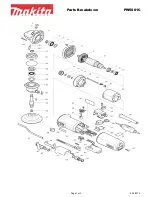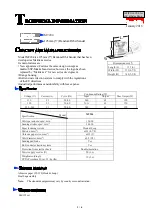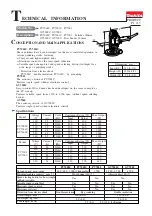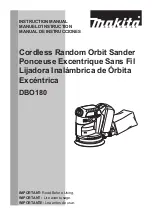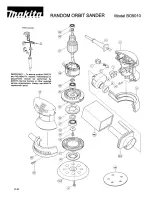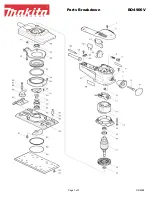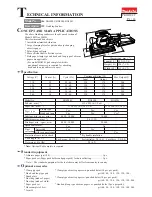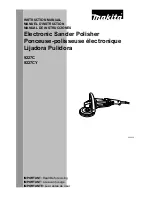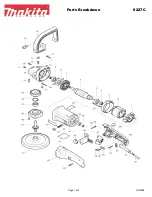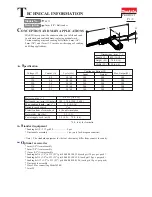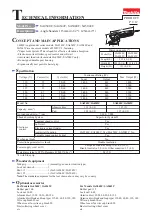
5
23. Check damaged parts. Before further use of the machine, a guard or other part that is damaged
should be carefully checked to determine that it will operate properly and perform its intended function
– check for alignment of moving parts, binding of moving parts, breakage of parts, mounting, and any
other conditions that may affect its operation. A guard or other part that is damaged should be
properly repaired or replaced.
24. Provide for adequate space surrounding work area and non-glare, overhead lighting.
25. Keep the floor around the machine clean and free of scrap material, oil and grease.
26. Keep visitors a safe distance from the work area.
Keep children away.
27. Make your workshop child proof with padlocks, master switches or by removing starter keys.
28. Give your work undivided attention. Looking around, carrying on a conversation and “horse-play” are
careless acts that can result in serious injury.
29. Stand to one side of the conveyor and make sure no one else is standing in line with the conveyor
while feeding into the machine. The drum sander operates at high speed and should a part slip, it will
exit the machine at a high rate of speed and may result in injuries to anyone standing directly in front
of the infeed. (Keep the conveyor belt clean and check pin-roll adjustments). Maintain a balanced
stance at all times so that you do not fall or lean against the sanding drum or other moving parts. Do
not overreach or use excessive force to perform any machine operation.
30. Use the right tool. Don’t force a tool or attachment to do a job for which it was not designed. The right
tool will do the job better and safer at the rate for which it was designed.
31. Use recommended accessories; improper accessories may be hazardous.
32. Maintain tools with care. Keep tools sharp and clean for the best and safest performance. Follow
instructions for lubricating and changing accessories.
33. Never brush away sawdust while the machine is running. Use the correct speed and feed for the tool.
Be sure that the tool is the correct one for your operation.
34. Never stand on a machine. Serious injury could occur if the machine tipped or if the sanding drum is
unintentionally contacted.
35. Never leave the machine running unattended. Turn the power off and don’t leave the machine until it
comes to a complete stop.
36. All doors should be closed, all panels replaced and other safety guards should be in place before the
machine is started or operated.
37. Keep your hands clear when feeding parts onto the conveyor. The part will be forced down as it
begins to feed into the machine, causing a pinching action between the part and the table. Use
caution! Hands should be clear of the stock and the table to avoid pinching. Never reach into a
running machine. Turn off the electrical power and stop the machine before attempting to retrieve
parts from within it. Keep your hands away from the sanding area. Contact with internal moving parts
can result in the loss or injury to fingers, hands and arms.
38. Remove loose items and unnecessary work pieces from the area before starting the machine.
Familiarize yourself with the following safety notices used in this manual:
This means that if precautions are not heeded, it may result in minor injury and/or
possible machine damage.
This means that if precautions are not heeded, it may result in serious injury or possibly
even death.
- - SAVE THESE INSTRUCTIONS - -
Summary of Contents for 10 Plus
Page 22: ...22 Assembly Drawing...





















